

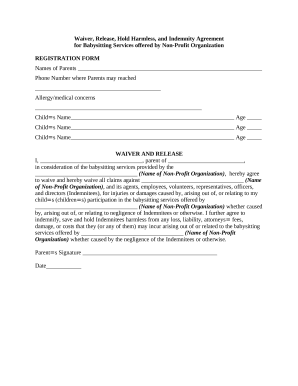
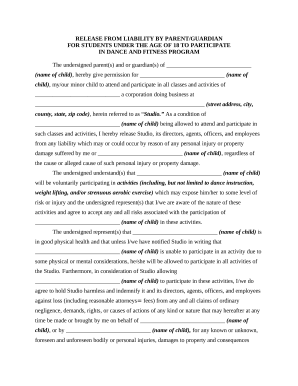
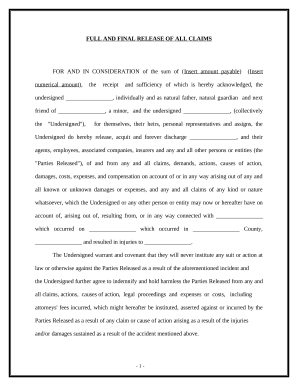
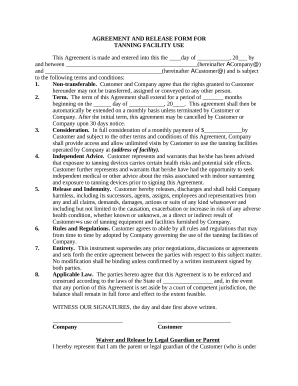
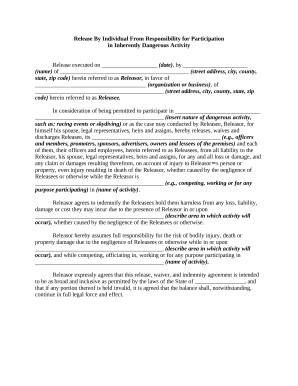
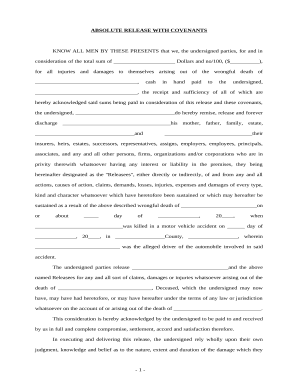
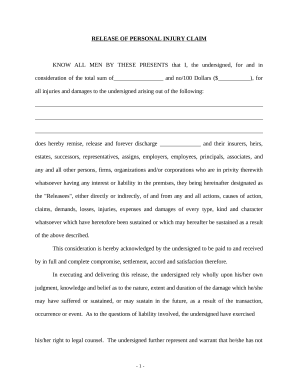
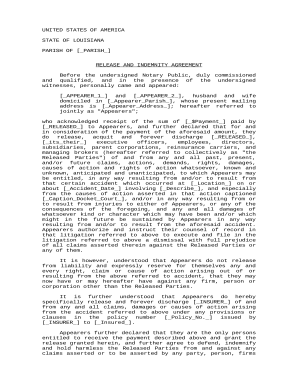
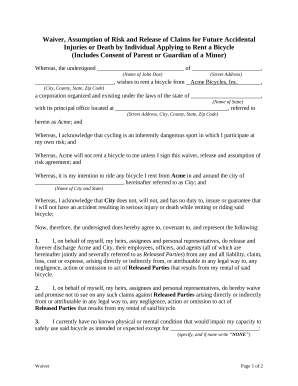
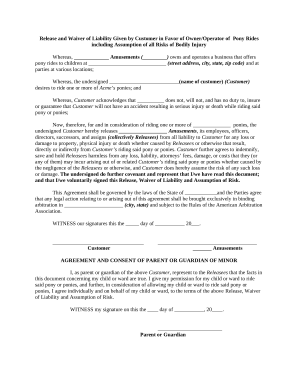

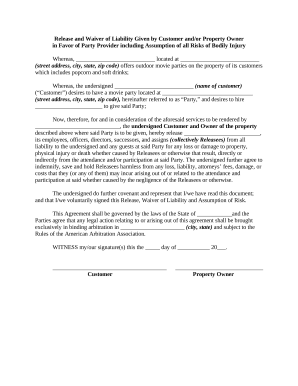
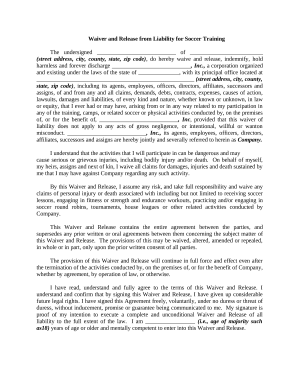
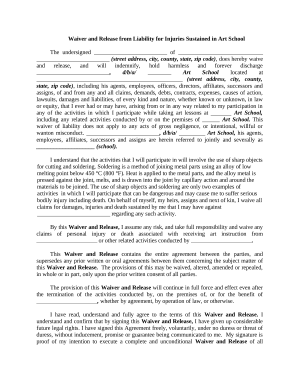
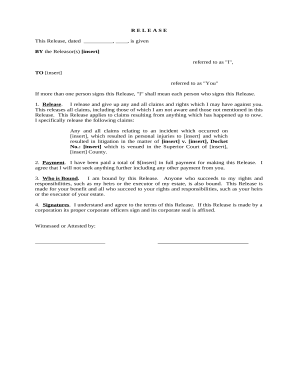
Document administration can overpower you when you can’t discover all of the documents you require. Fortunately, with DocHub's extensive form collection, you can find all you need and quickly take care of it without changing among software. Get our Personal Injury Release Forms and begin working with them.
The best way to manage our Personal Injury Release Forms using these simple steps:
Try out DocHub and browse our Personal Injury Release Forms category without trouble. Get a free account right now!